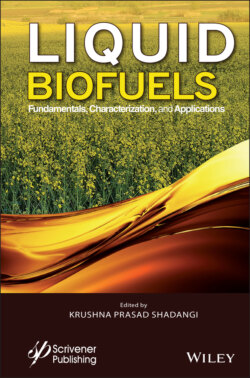Читать книгу Liquid Biofuels - Группа авторов - Страница 17
1.2.3 Lignin
ОглавлениеLignin is the most common natural polymer in the plant world after cellulose. Its main task in the cell wall is to hold cellulose fibers together due to its adhesive properties [15]. It is also known as the substance that forms the woody structure of the root and stem in the plant [16].
Lignin is a glycoside and can be easily decomposed into glucose and aromatic alcohol. This glycoside is called coniferin. Alcohol derived from this compound was also called coniferyl alcohol. Most of the polymeric structure of lignin contains three types of alcohols; synapyl, p-coumaryl and coniferyl alcohols [22].
It is understood from the fragmentation products that the main structure block of lignin consists of an aromatic core and a propane chain [23]. There are several functional groups in some parts of the molecule. The basic unit of lignin is called phenyl propane. Phenyl propane types produce lignin by connecting to each other in various styles [24]. The general structure of lignin can be explained by dehydrogenating polymerization of coniferyl, sinapil and coumaryl alcohols. The complex structure of the lignin and the formation of various bonds occur when the phenoxy radicals of these monomers are matched in different ways [25].
The structural duties of lignin in the plant cell are to give rigidity to the cell wall, to ensure the adhesion of different cells in the wood tissue, to make the cell wall hydrophobic, to protect the wood from microbial disintegration. The structure of the lignin is very suitable for performing these functions. Aromatic rings and hydroxyl groups provide non-covalent dipole aromatic interactions and hydrogen bonds between cellulose and hemicellulose. Bending of the structure is prevented due to the branches in the structure of the lignin [26].
Lignin can be used in many industrial areas: as water processors in heating-cooling systems, cement industry, road construction, oil well drilling mud, agglomeration of animal feed, ceramic production, paint production, pesticide drugs, pipelines, casting molding rods, plywood production [27].
